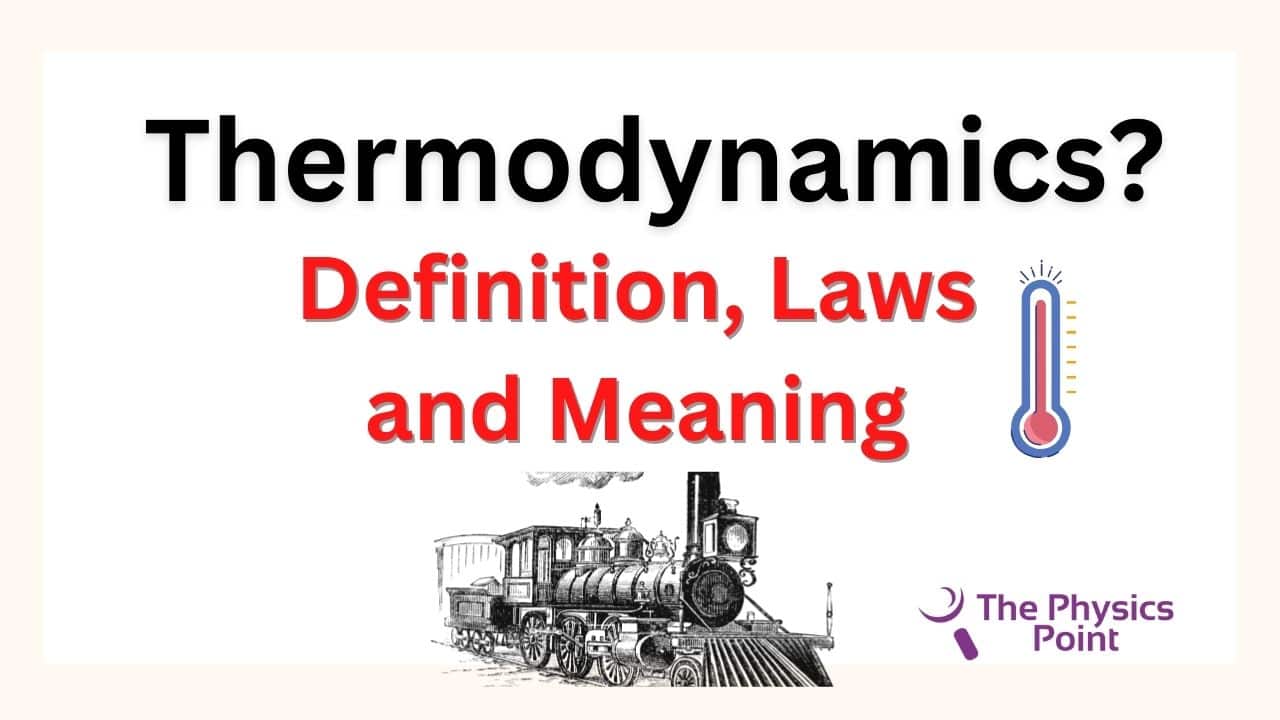THERMODYNAMICS
Weekly outline
-
Teacher : Dr. Meryem MESLI , mesli.meryem13@gmail.com
Faculty : Technology
Department : Hydraulics
Level : ST Engineer
Teaching unit : Fundamental
Coefficient : 4
Required working hours/week : 6h30
Attendance : Wednesday from 9h00 to 10h00.
Evaluation : CC 40%, Final exam 60%.
-
The “THERMODYNAMICS” course focuses on :
Understand the fundamental laws governing energy and entropy
Analyze heat and work exchanges
Optimize energy processes
Study the equilibrium of chemical reactions
-
To follow the content of the “Thermodynamics” matter, the learner must have acquired some knowledge on :
- Solving mathematical equations
- Solving integrals and derivatives
- Understanding pressure, volume and temperature
-
Quiz
-
Chapter 1:Fundamental notion of thermodynamics
Chapter 2: Thermodynaminc properties of a pure substance
Chapter 3: Fundamental concepts of thermodynamics
Chapter 4: Physical process equilibria
-
Thermodynamics is a key branch of physics that studies the exchange of energy—particularly in the form of heat and work—between systems and their surroundings. This chapter introduces the basic concepts needed to understand thermal phenomena, such as thermodynamic systems, states, state variables (pressure, temperature, volume, internal energy), as well as the fundamental laws governing these exchanges. These notions are essential for analyzing the behavior of physical and chemical systems across various scientific and industrial fields.

-
pdf support
-
This chapter deals with the thermodynamic characteristics specific to pure substances, meaning materials composed of a single chemical component. It explores the relationships between state variables (pressure, temperature, volume) and describes the different phases (solid, liquid, gas) as well as phase transitions. Properties such as enthalpy, entropy, internal energy, and molar volume are studied to better understand the behavior of pure substances under various thermodynamic conditions.
-
exchange with students
-
pedagogical supports
-
-
This chapter introduces the basic concepts necessary to understand how energy is transferred and transformed, including the definition of systems and surroundings, types of systems, thermodynamic equilibrium, and the fundamental properties such as pressure, volume, temperature, and internal energy. These concepts form the basis for analyzing energy interactions in both natural and engineered processes
-
pedagogical support
-
-
By the end of this section, you will be able to:
• Describe the nature of equilibrium systems
• Explain the dynamic nature of a chemical equilibrium
-
Note
consultation of copies is planned for Wednesday May 28 at 1 p.m. in classroom A103 of the pedagogical block.
-
- Atomic structure and periodicity
- Chemistry-LR
- General chemistry 9th edition
